The study of geometry in 3rd grade is a refreshing break from a year packed with operations and word problems! Geometry relates directly to the world around us every day. This 3rd Grade Geometry Unit has everything you need to give students hands-on experiences in and out of the classroom.
Unit 7 also helps to review some important concepts by integrating them with geometry – measurement and fractions are perfect examples.
3rd Grade Unit 7 Mini-Units
Mini-Unit 1: Attributes of Shapes
Some of children’s earliest learning experiences involve early geometry concepts – learning colors, counting sides, and naming shapes were all things I did with my children at preschool age. Throughout elementary school, students learn another layer of shape differentiation each year.
3rd grade is when previous early learning experiences come together to form a foundation of formal geometric knowledge. Mini-Unit 1 gives students plenty of experience with important vocabulary and concepts leading to a greater understanding of polygons.
Some geometric information learned in 3rd grade will be used regularly in years to come – parallel sides, angles, and relative angle measurements are all examples of foundational geometric knowledge.
Mini-Unit 1 starts with an exploration of what a geometric shape is – closed, 2 dimensional shapes defined by their attributes. Students learn about the category of shapes defined as polygons, and subcategories within polygons.
3rd and 4th grade math focus largely on quadrilaterals, but triangles, pentagons, and hexagons are important, too! This mini-unit is fun, with ample opportunity to sort shapes in an increasing specific manner over the course of the 4 lessons.
Two lessons are devoted to quadrilaterals so that students can develop the academic vocabulary needed to discuss attributes of quadrilaterals, compare and contrast quadrilaterals, and sort them based on geometric attributes.
Lesson 4 is a Teks-specific lesson about the attributes of solid shapes, which is highly recommended for Common Core teachers, as well, if you have time to fit it in!
Mini-Unit 2: Equal Areas as Fractions
If you have already taught the Guided Math Fractions (Unit 4), you know area model fractions are covered to the max! It can be tricky to decide how to group interrelated concepts when fractions, measurement, and geometry are all taught as separate topics. In fact, these topics are all connected.
Mini-Unit 2 takes the opportunity to explore the connections between previously learned skills and geometry. Students will review area model fractions, but with an understanding of area measurement they didn’t have when studying fractions.
They will further examine attributes of shapes when analyzing area model partitions of different shapes. Finally, area measurement makes another appearance related to fractions, where students will build wholes from given fraction units and find the area of fractions of whole shapes!
This is also linked directly to different representations of equivalent area model fractions referring to identical wholes. I am super excited about the powerful learning opportunities available in Mini-Unit 2!
Digital Guided Math Activities Included!
Each component of the 3rd Grade Guided Math Curriculum comes in printable and digital versions to maximize your flexibility teaching these important concepts. YOU can choose which version of each lesson component should be used – and when – for your diverse learners.
Digital lessons teach the content for each graduated step needed to learn about geometry.
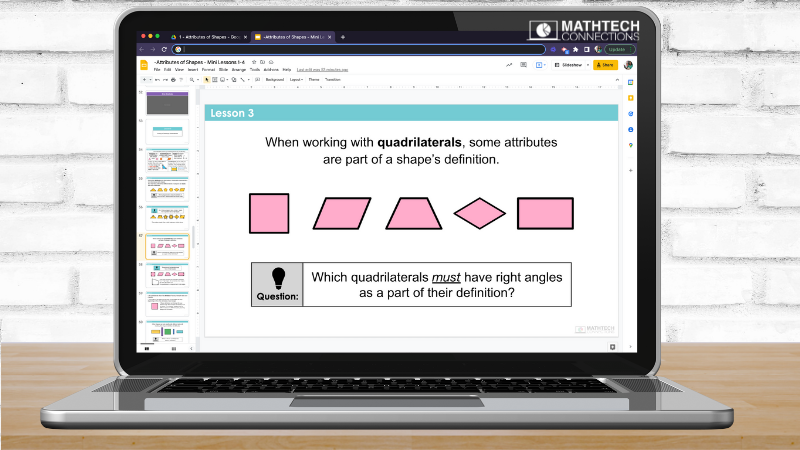

Digital Math Mats and Task Cards are also included.


Each lesson includes a Digital Exit Ticket to give you a snapshot of student learning. Exit tickets are such an important formative assessment for your planning process as a teacher. Full-color Digital Practice Pages also use interactive movable digital pieces to allow students to demonstrate their learning in a more independent way.
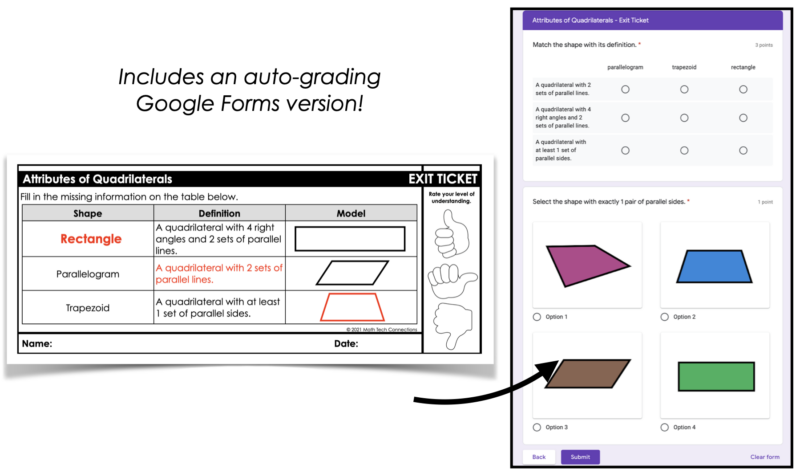
Bundle & Save with the complete Unit 7 – Geometry bundle!
Read Related Blog Posts ↓
- About the 3rd Grade Guided Math Curriculum
- 3rd Grade Unit 1: Multiplication & Division
- 3rd Grade Unit 2: Place Value
- 3rd Grade Unit 3: Addition & Subtraction
- 3rd Grade Unit 4: Fractions
- 3rd Grade Unit 5: Measurement
- 3rd Grade Unit 6: Graphing
- 3rd Grade Unit 7: Geometry
- 3rd Grade Unit 8: Money & Financial Literacy




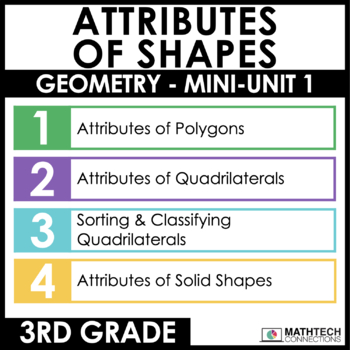
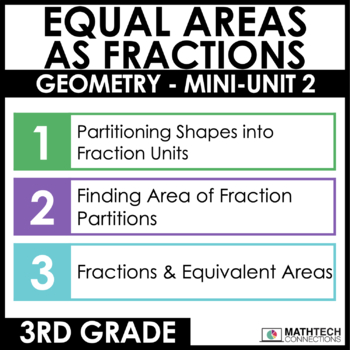
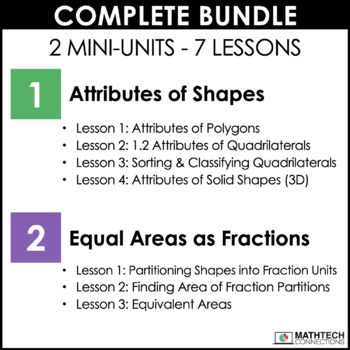
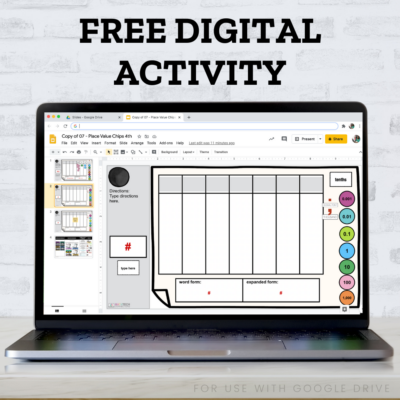

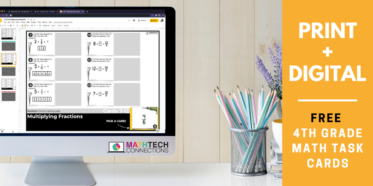
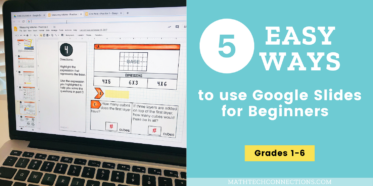
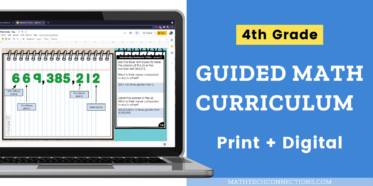
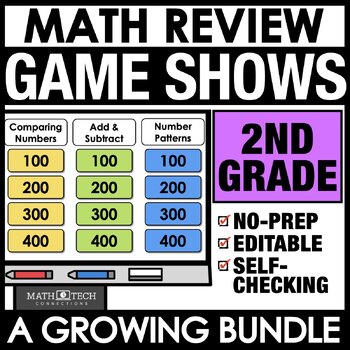

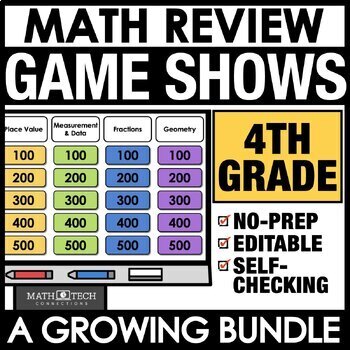
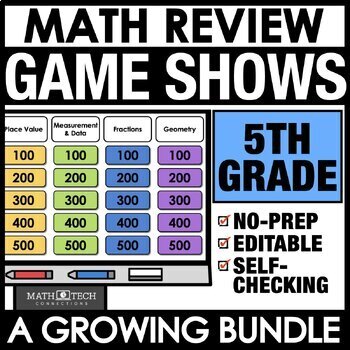

Leave a Comment